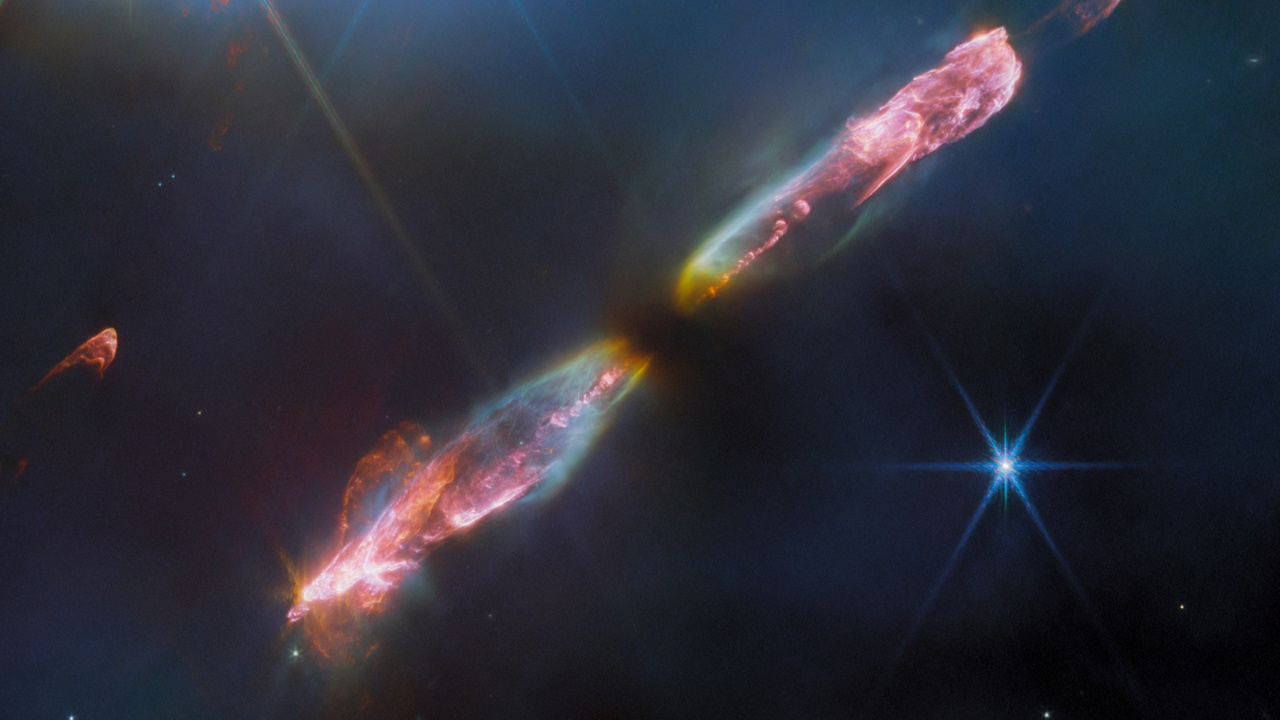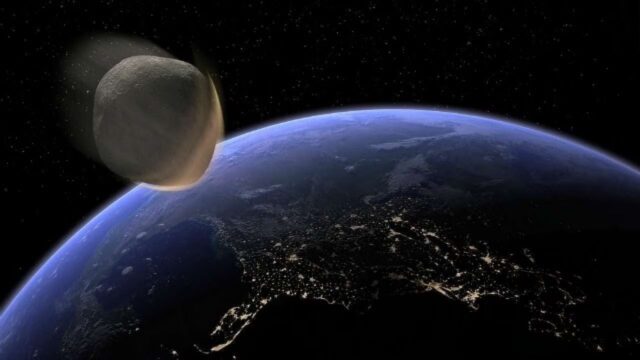The James Webb Space Telescope, which was launched nearly two years ago and has captured hundreds of important images from outer space, dazzled with its latest image. The image, shared by NASA, revealed the details of a baby star in the early stages of formation.
Image from James Webb shows protostar formation
The James Webb Space Telescope has captured a baby star (protostar) known as Herbig-Haro 211 (HH 211). The image reveals the star gathering material from its surrounding nebula and emitting jets of gas at the same time.
The new image, observed using Webb’s NIRCam camera, reveals the highest-resolution view yet of the baby star’s formation. Compared to the 4.6 billion-year-old Sun, it is only 10,000 years old, which is why it is known as a protostar.
According to NASA, Herbig-Haro 211 has only 8 percent of the Sun’s mass. Since it is still in its early stages, it is emitting jets of gas around it. As the jets collide with the gas and dust around it, the curved structures (or bow shocks) in the photo form.
The HH 211 image shows how young stars are formed by stellar winds and gas jets. The image that emerged during this formation has caused quite a stir on social media.
On the other hand, James Webb recently caught a small clue that there might be life outside Earth. While examining the atmosphere of a planet 120 light years away, he observed a molecule. This molecule was reportedly produced by phytoplankton.
What do you think about the James Webb protostar image? We are waiting for your comments.














